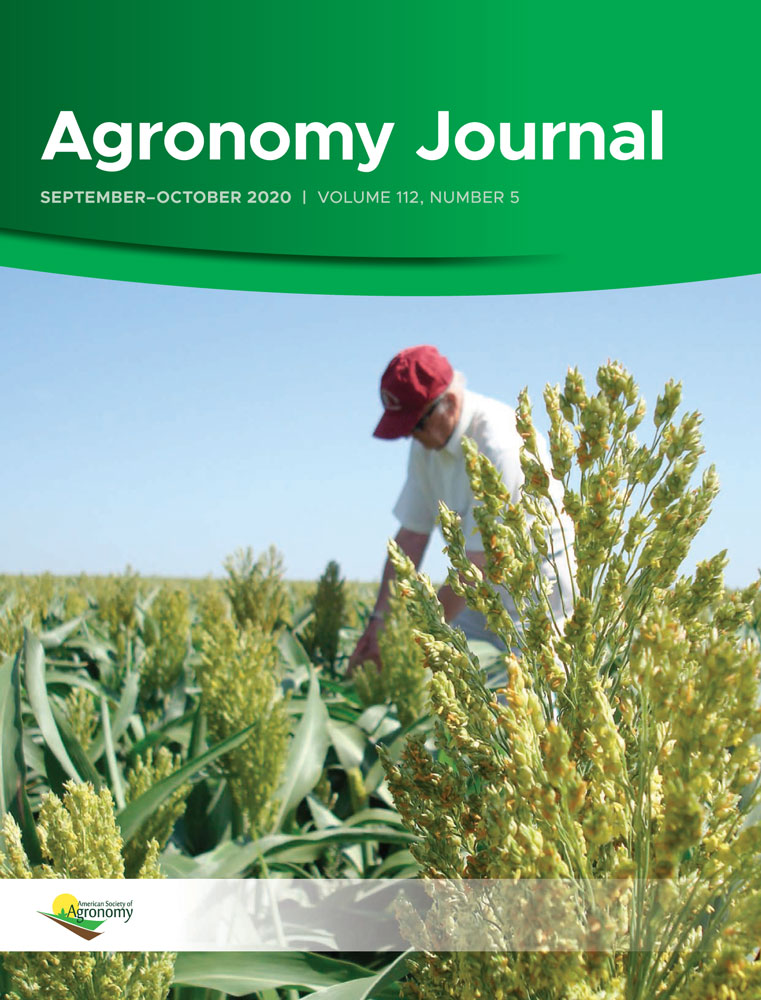Gender dynamics around introduction of improved forages in Kenya and Ethiopia
Abstract
Improved forages of genus Brachiaria and Panicum grasses were introduced to men and women farmers in western Kenya and southern Ethiopia. To provide an understanding of the social and demographic characteristics of farming systems, a household survey was implemented in 2018/2019. In 2020, a complementary qualitative study was conducted to understand: (a) gender dynamics in accessing forage planting materials: (b) role of forage trait preferences, and (c) how the introduction of forage varieties influences gender relations in households. Forage seed/splits were accessed through women's groups. In Kenya, men and women were advised to source more forage seeds from private seed companies for scaling. In Ethiopia, men prioritized “fast regrowth” and women “nutritious biomass” traits; in Kenya, men prioritized “nutritious biomass” and women “how fast forage splits could be established” traits. The sale of the forage cuttings appeared to provide promising marketing opportunities for women, who were able to control the income generated. The introduction of improved forages, which are grown close to homesteads, reduced the time men and boys spent grazing livestock while increasing the time women and girls spent harvesting fodder. Following gender sensitivity training provided alongside forage introductions, Ethiopian men reported being involved in forage harvesting, chopping, and feeding against prevailing norms while the Kenyan women took on greater decision‐making roles. These positive outcomes in gender equity suggest that the integration of gender and forage technology trainings can secure significant gains not only for women, but also for the men in the households.

